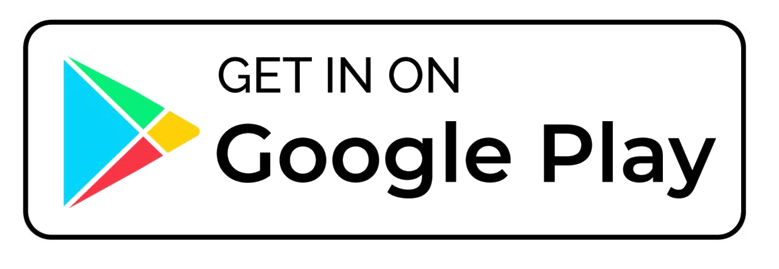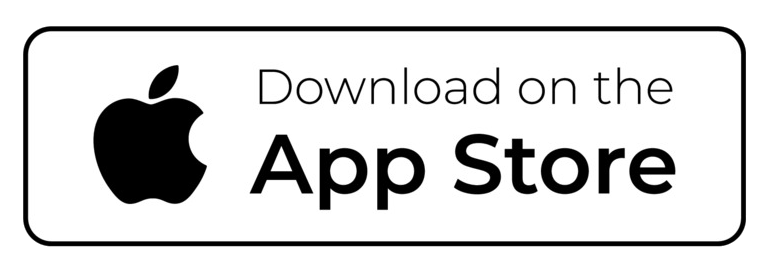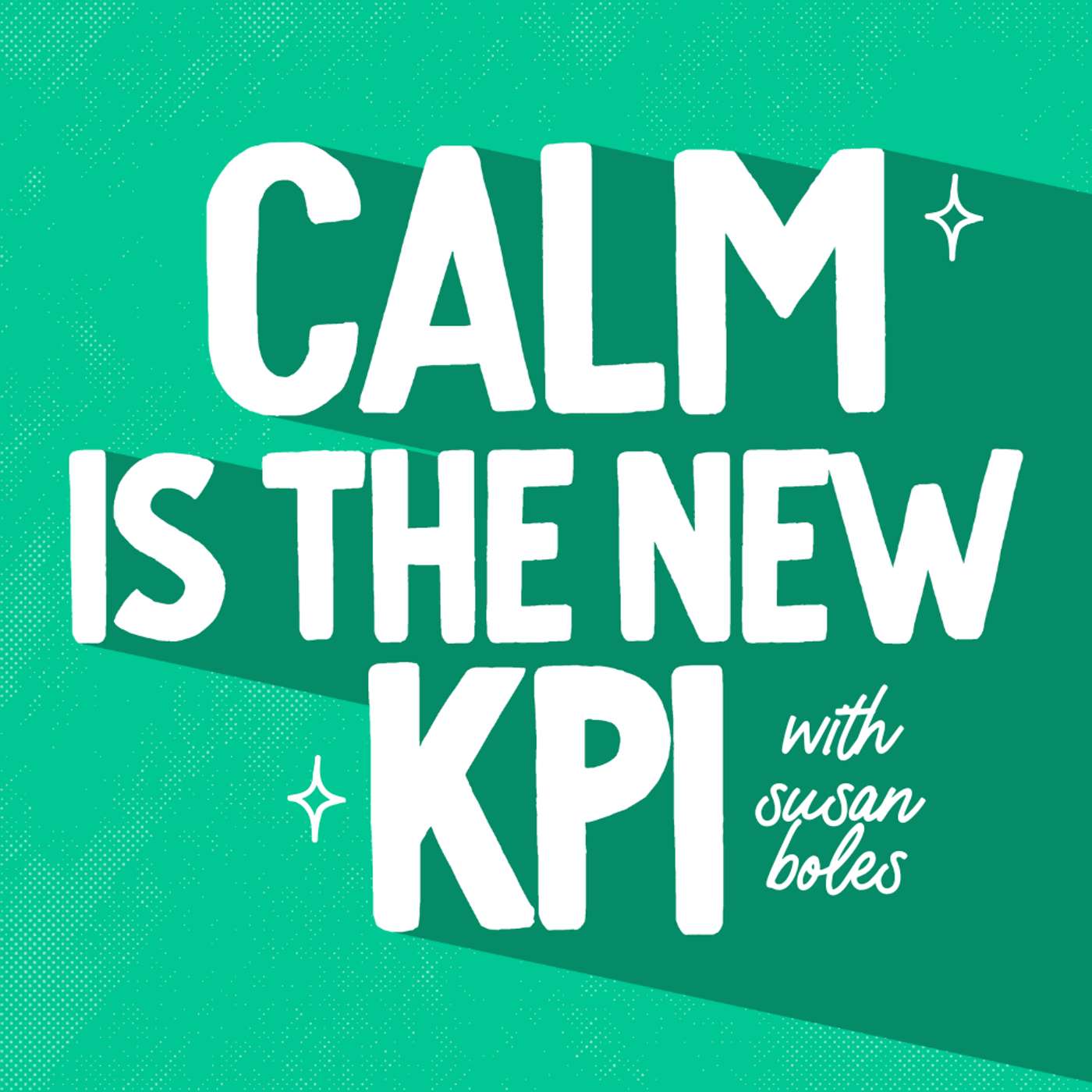Engineering Calmer Agencies & Consulting Firms: Calm is the New KPI
By Susan Boles
Listen to a podcast, please open Podcast Republic app. Available on Google Play Store and Apple App Store.
Image by Susan Boles
Category: Entrepreneurship
Open in Apple Podcasts
Open RSS feed
Open Website
Rate for this podcast
Subscribers: 4
Reviews: 0
Episodes: 128


Description
Can you build a business based on… “calm?” Host Susan Boles looks beyond the usual metrics of success to help you build a business where calm is the new KPI. With over 15 years of experience as an entrepreneur, CFO, and COO, Susan shares the business strategies that lead to a business with comfortable margins—financial, emotional, energetic, and scheduling margins. Join her and her guests as they counter the prevailing “wisdom” about business growth, productivity, and success to provide a framework for making choices that align with your values and true goals. Episode by episode, you’ll get a look at the team management, operations, financials, product development, and marketing of a calmer business.
| Episode | Date |
|---|---|
|
Coordination Offload System: Ship Projects Without You in the Middle (with Tanya Moushi)
|
Oct 28, 2025 |
|
Calm isn't an App: Culture, Autonomy, and the Myth of Productivity (with Kacie Brennell)
|
Oct 14, 2025 |
|
The Most Human Metric in Operations: Layla Pomper’s Death List KPI
|
Sep 30, 2025 |
|
The Expertise Trap: When Your Signature Skill Becomes Your Biggest Bottleneck with Jeremy Enns
|
Sep 16, 2025 |
|
Frameworks as a System: Scale Your Ideas Without Reinventing the Wheel
|
Aug 05, 2025 |
|
Calmer Brain, Clearer Decisions: Consolidating Your Digital Chaos into One Trusted System
|
Jul 15, 2025 |
|
Vibe Coding: Delivering Client Projects Without Scope Creep or Burnout
|
Jun 30, 2025 |
|
Momentum by Design: Diagnose Your Stuckness and Build a Business That Moves with You
|
Jun 17, 2025 |
|
Voice on Autopilot: How I Systematized My Brand Voice to Make Content Creation Calmer
|
Jun 03, 2025 |
|
Pay Me When You Win: A Revenue Sharing Model for Coaches & Consultants
|
May 06, 2025 |
|
Four-Hour Work Year? The Hidden Power of Licensing Your Services
|
Apr 22, 2025 |
|
Calmer Capacity: Use Automation and AI to Lighten Your Client Load
|
Apr 08, 2025 |
|
The Anti-Call Sales Process: Build Trust, Close Deals, Keep Your Calendar Clear
|
Mar 25, 2025 |
|
Can Friendship Be a KPI? How Relationships Shape a Sustainable Business with Tara Robertson
|
Mar 11, 2025 |
|
Unsolicited Response Rate: The Only Content Metric That Actually Matters
|
Feb 25, 2025 |
|
How to Build a Client Report Card for a Calmer Business with Karen Sergeant
|
Feb 11, 2025 |
|
Fresh Content Inked: A Subversive Approach to Driving More Sales By Creating Less Content
|
Jan 28, 2025 |
|
Making Calm Your New KPI: How to Set Goals That Truly Matter
|
Jan 14, 2025 |
|
Anti-Oppressive Marketing & Reducing Urgency with Natalia Sanyal
|
Dec 17, 2024 |
|
Architecting Rest with Jordan Maney
|
Dec 03, 2024 |
|
Using Efficient Systems to Create Calm with Amelia Hruby
|
Nov 19, 2024 |
|
Transitioning to a 4-day Workweek with Nathalie Lussier
|
Nov 05, 2024 |
|
Building Systems of Care with Heather O'Neill
|
Oct 22, 2024 |
|
Engineering an Autonomous Work Culture with Marissa Goldberg
|
Oct 08, 2024 |
|
Why Clarity Matters: Creating a Calmer Business Environment
|
Sep 24, 2024 |
|
Essential Elements of Building a Calm Business
|
Sep 03, 2024 |
|
Hidden Funding: Grants for Creatives, Consultants & Agency Owners with Danielle Desir Corbett
|
Aug 20, 2024 |
|
How to Use Debt Strategically
|
Aug 06, 2024 |
|
Crowdfunding For Service Businesses with Lena West
|
Jul 23, 2024 |
|
Finding the Money to Grow with Eda Henries
|
Jul 09, 2024 |
|
The Structure & Policies That Support Your Team with Kate Tyson
|
Jun 25, 2024 |
|
Lazy Training, Fire Drills & Expecting the Unexpected with Layla Pomper
|
Jun 11, 2024 |
|
Planning for Parental Leave with Erica Courdae & India Jackson
|
May 28, 2024 |
|
Navigating Breaks In Business and Life: Inside My Unplanned Hiatus
|
May 14, 2024 |
|
Introducing Beyond Margins
|
May 01, 2024 |
|
Taking a Break
|
Aug 03, 2021 |
|
Bake In Boundaries in Your Default Settings with Brittany Berger
|
Jul 27, 2021 |
|
Examining Your Relationship With Your Business With Nicole Lewis-Keeber
|
Jul 20, 2021 |
|
Busting Productivity Myths and Redefining Work Life Balance with Tanya Dalton
|
Jul 13, 2021 |
|
The End Goal of Maintenance Mode, What it Is, and What it Isn't
|
Jul 06, 2021 |
|
Self Awareness as the Key That Unlocks Consistency with Marie Poulin
|
Jun 29, 2021 |
|
When to Quit and When to Persevere in Your Business with Margo Aaron
|
Jun 22, 2021 |
|
Building Healthy Habits That Facilitate Consistency with Sarah Von Bargen
|
Jun 15, 2021 |
|
Preparing Your Business So You Can Take a Real Break with Claire Pelletreau
|
Jun 08, 2021 |
|
Hiring, Selecting Business Partners, and Growing a Team That Enables Maintenance Mode with India Jackson
|
Jun 01, 2021 |
|
Leveraging People, Processes and Technology with Jason Staats
|
May 25, 2021 |
|
Develop a Sales Process With An Eye Toward Consistency with Allison Davis
|
May 18, 2021 |
|
Work on a Consistent Message and Marketing System to Prepare For Maintenance Mode with Michelle Mazur
|
May 11, 2021 |
|
Shift Your Model To Get Your Business to Maintenance Mode with Mark Butler
|
May 04, 2021 |
|
The Maintenance Mode Mindset: Stop Breaking Your Business with Racheal Cook
|
Apr 27, 2021 |
|
Finka Jerkovic - Assessing + Addressing Your Capacity as Founder
|
Apr 20, 2021 |
|
Assessing Your Business' Capacity with Anna Wolf
|
Apr 13, 2021 |
|
Startup vs Maintenance CEO: Is it One or the Other? with Sarah Avenir
|
Apr 06, 2021 |
|
Starting With the End in Mind and Reverse Engineering the Plan with Ryan Lazanis
|
Mar 30, 2021 |
|
What Does Maintenance Mode Look Like? featuring Ryan Lazanis, Anna Wolf, and Tamara Kemper
|
Mar 23, 2021 |
|
The Best of Break the Ceiling – Michelle Warner
|
Mar 16, 2021 |
|
The Best of Break the Ceiling – Charlie Gilkey
|
Mar 09, 2021 |
|
The Best of Break the Ceiling – Justin Jackson
|
Mar 02, 2021 |
|
Leaving Social Media and Re-Investing in Organic Growth with Nathalie Lussier
|
Feb 23, 2021 |
|
Why SEO is Well-Suited For Privacy-Focused Marketing with Kim Herrington
|
Feb 16, 2021 |
|
Security and Digital Privacy Concerns for Small Businesses with Jessica Robinson
|
Feb 09, 2021 |
|
Growing a Business With Digital Privacy as a Priority with Paul Jarvis
|
Feb 02, 2021 |
|
Make Financial Choices and Business Decisions Based on Your Definition of Success with Brian Plain
|
Jan 26, 2021 |
|
Making "Enough" in Our Business with Rita Barry
|
Jan 19, 2021 |
|
Understanding Our Money Mindset Lineage with Bear Hebert
|
Jan 12, 2021 |
|
Why We Buy The Things We Buy with Margo Aaron
|
Jan 05, 2021 |
|
Increasing Profits Through a Revenue Sharing Structure with Lacey Sites
|
Dec 22, 2020 |
|
Combining Intensive Service Offerings with Recurring Revenue with Hunter Niland Welling
|
Dec 15, 2020 |
|
Building Long-Term Relationships as a Core Strategy with Rob Howard
|
Dec 08, 2020 |
|
Pricing Strategies Through a Lens of Justice With Kate Strathmann
|
Dec 01, 2020 |
|
Managing Increased Demand When You Have Less Capacity with Alethea Cheng Fitzpatrick
|
Nov 24, 2020 |
|
Managing Through The Worst Case Scenario with Lauren Caselli
|
Nov 17, 2020 |
|
Managing Risks and Contingency Planning with Mary Beth Simon
|
Nov 10, 2020 |
|
How Personal Resilience Builds Business Resilience with Melody Wilding
|
Nov 03, 2020 |
|
Managing Change and Building Our Resilience Muscles with Elatia Abate
|
Oct 27, 2020 |
|
Driving New Business and Managing Operations Using ClickUp with Layla Pomper
|
Oct 20, 2020 |
|
Building Products and Adding Value Using No-Code Tools with Brittany Berger
|
Oct 13, 2020 |
|
Scaling a Service-Based Business Using No-Code Tools and Solutions with Jason Staats
|
Oct 06, 2020 |
|
How To Measure the Value and Success of Your Podcast with Tara McMullin
|
Sep 29, 2020 |
|
How Do You Measure the ROI On Your Social Media Investment with Andréa Jones
|
Sep 22, 2020 |
|
When Your Values & Opportunities Collide with Nancy Jane Smith & Bonnie Gillespie
|
Sep 15, 2020 |
|
How Do You Decide WHAT to Invest In? with Beryl Young
|
Sep 03, 2020 |
|
How to Approach Investments in Your Business with Michelle Mazur
|
Sep 01, 2020 |
|
How Your Team Impacts Your Business' Ecosystem with Emily Thompson
|
Aug 25, 2020 |
|
How Your Software Impacts Your Business' Ecosystem with Melanie Richards
|
Aug 18, 2020 |
|
How Your Process Impacts Your Business' Ecosystem with Tamara Kemper
|
Aug 11, 2020 |
|
How Your Default Decisions Impact your Business' Ecosystem with Ashley Gartland
|
Aug 04, 2020 |
|
How to Build a Community Around Your Business with Katie Hunt
|
Jul 28, 2020 |
|
Evolving Toward a Community Business Model with Margy Thomas
|
Jul 21, 2020 |
|
Where Community Belongs In Your Business Model with Sophie Bujold
|
Jul 14, 2020 |
|
Using Your Intellectual Property To Pivot & Build Resilience with JoAnn Holmes
|
Jul 07, 2020 |
|
How to Better Understand Your Numbers & Your Tax Risk with Luke Frye
|
Jun 30, 2020 |
|
The Risk of Inconsistent Cash Flow with Priya Malani
|
Jun 23, 2020 |
|
Identifying Financial Risks & Building Resilience with Jacquette Timmons
|
Jun 16, 2020 |
|
Procrastination and Why The Bootstrapper Mindset Keeps You Stuck & Frustrated with Charlie Gilkey
|
Jun 09, 2020 |
|
Patience & Purposeful Experimentation with Jason Van Orden
|
Jun 02, 2020 |
|
How Trauma & Perfectionism Affect Your Business with Nicole Lewis-Keeber
|
May 26, 2020 |
|
How Your Money Story Impacts Your Business with Agnes Kowalski
|
May 19, 2020 |
|
How To Prioritize When EVERYTHING Is Important with Tonya Dalton
|
May 12, 2020 |
|
The Competitive Edge of Process With Networking That Pays Creator Michelle Warner
|
May 05, 2020 |
|
When Your Business Needs A Project Manager With Yellow House Media Founder Sean McMullin
|
Apr 28, 2020 |
|
Project Management Duel: Notion vs ClickUp with Marie Poulin & Layla Pomper
|
Apr 21, 2020 |
|
Client-Based Project Management With Execution Expert Hailey Thomas
|
Apr 14, 2020 |
|
Cash Flow In A Crisis With Lauren Caselli
|
Apr 07, 2020 |
|
Software As Service Metrics Applied To Small Business Growth With Justin Jackson
|
Mar 31, 2020 |
|
Using Data To Make Better Decisions About Your Business With Maggie Patterson
|
Mar 24, 2020 |
|
Making Space To Grow Your Service Business With Kathleen Shannon
|
Mar 17, 2020 |
|
There's More To Measure Than Numbers With Karyn Kelbaugh
|
Mar 10, 2020 |
|
Use This One Weird Metric To Measure Your Service Business With Rob Howard
|
Mar 03, 2020 |
|
How Your Pricing Choices Can Make You Happier With Marketing Analyst Rita Barry
|
Feb 25, 2020 |
|
Getting Paid Faster Using Practice Ignition With Tier One Services Co-Founder Jaime Campbell
|
Feb 18, 2020 |
|
Taking Payments In A Positive & Transparent Client Relationship With Kate Strathmann
|
Feb 11, 2020 |
|
Using Value-Based Pricing To Boost Profit With Dana Kaye
|
Feb 04, 2020 |
|
Streamlining Done With You Services With Greg Hickman
|
Jan 28, 2020 |
|
How To Spend Less Time On Client Calls While Managing Retainers With Parker Stevenson
|
Jan 21, 2020 |
|
How Voxer Can Save You And Your Client Time With Ashley Gartland & Nancy Jane Smith
|
Jan 14, 2020 |
|
Faster Results In Fewer Meetings With Ashley Gartland & Hailey Thomas
|
Jan 07, 2020 |
|
Productize Hands-On Services To Earn More & Stress Less With Lead Cookie Founder Jake Jorgovan
|
Dec 31, 2019 |
|
Creating Consistent Scalable Income Through Revenue Sharing With Lacey Sites
|
Dec 24, 2019 |
|
Save Time and Boost Profit Using A Proposal Calculator With Rob Howard
|
Dec 17, 2019 |
|
Setting Boundaries To Increase Capacity With Work Brighter Founder Brittany Berger
|
Dec 10, 2019 |
|
Why Streamlining Your Effort Pays Off With Business Strategist Michelle Warner
|
Dec 03, 2019 |
|
Defaulting to Simple with ScaleSpark Founder, Susan Boles
|
Nov 19, 2019 |
|
Using Software to Scale with ScaleSpark Founder, Susan Boles
|
Nov 05, 2019 |
|
Breaking the Default Model: Building a Badass Business with Badass Your Brand Founder, Pia Silva
|
Oct 22, 2019 |
|
Crossing the chasm from experimentation to deliberate model with business designer Michelle Warner
|
Oct 08, 2019 |
|
Is it The Dip or time to pivot with That Seems Important founder Margo Aaron
|
Sep 24, 2019 |
|
Default Decisions and What Works with Tara McMullin
|
Sep 10, 2019 |
